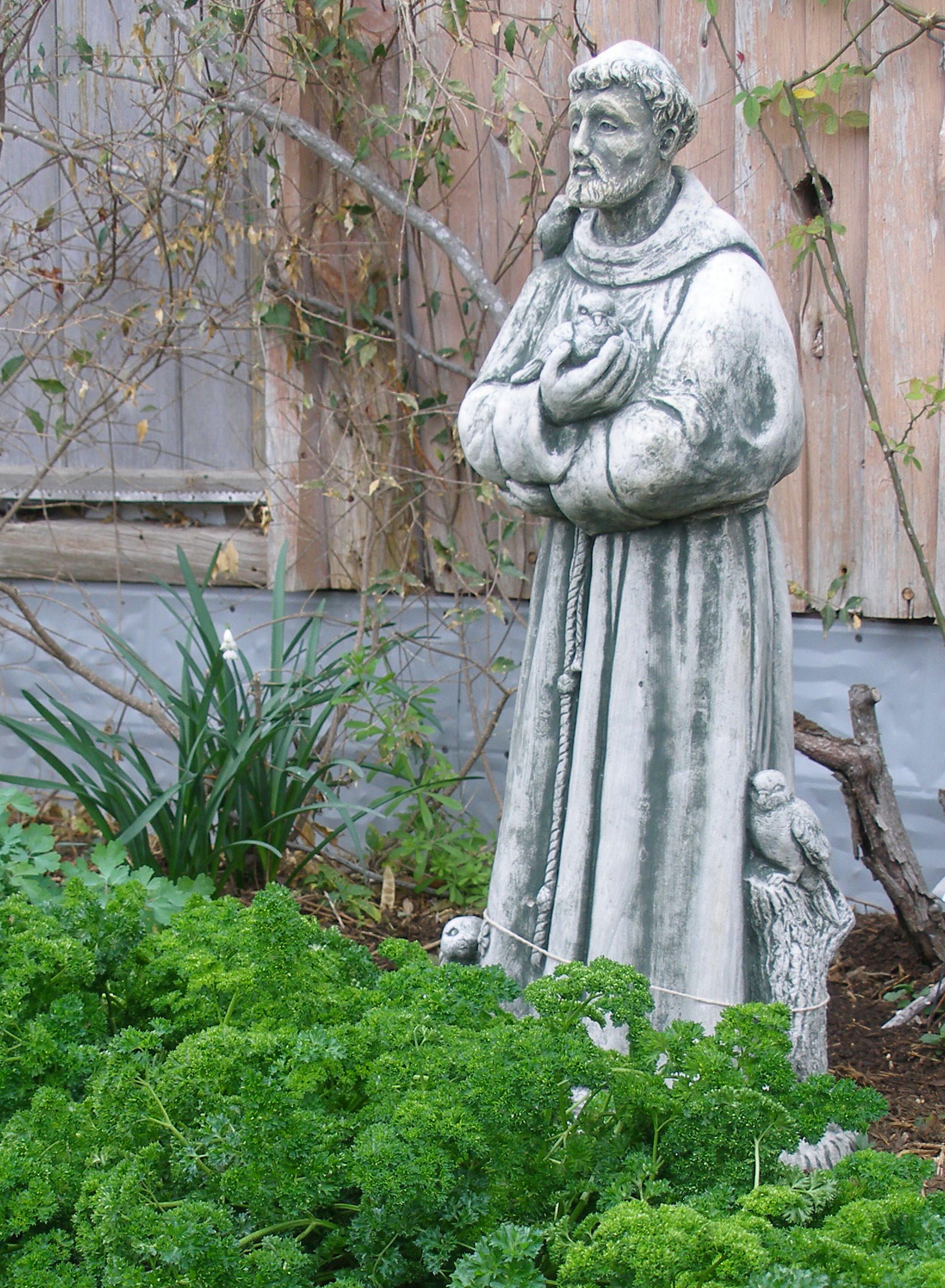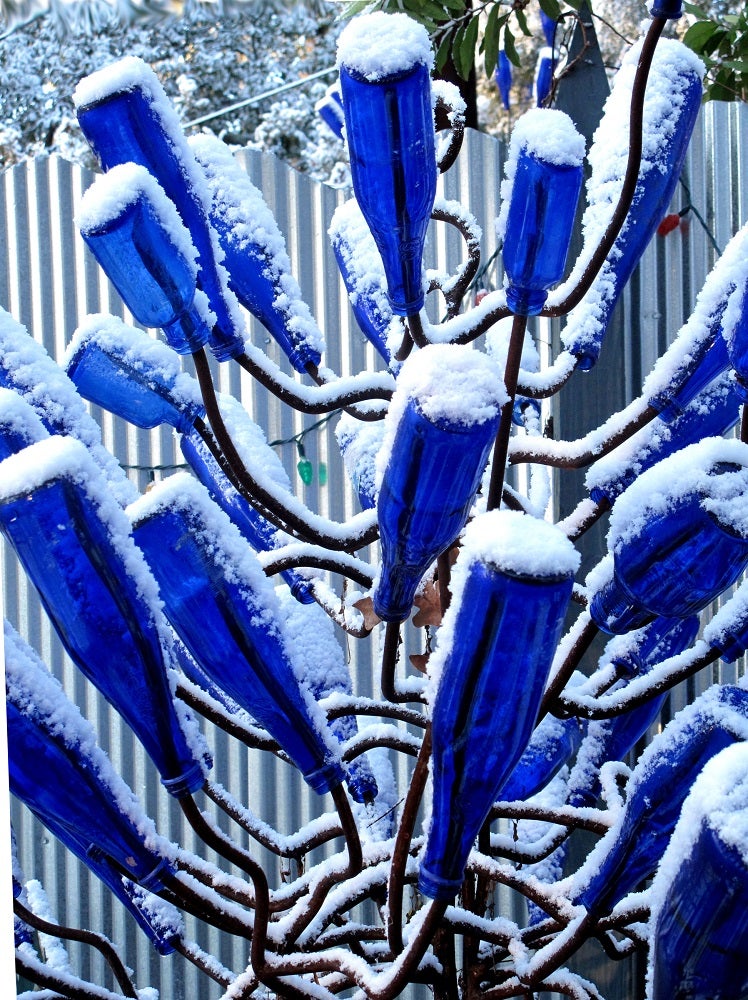Start preparing for a harsh transformation
Published 9:54 am Sunday, September 26, 2021
|
Getting your Trinity Audio player ready...
|
Gardeners, gird yourselves, start preparing for a harsh transformation. Not to be overly dramatic, but the signs are already around us that our gardens are starting their liminal freefall towards winter.
It’s not just the inexorable post-equinox shortening of daylength, or the specter of Daylight Saving Time wiping out our afternoon bliss. Trees and shrubs are already sealing off leaf stalks in preparation for the “fall” of Autumn, hummingbirds and monarch butterflies from farther north swarming our flowers, stoking energy to keep going on south.
And all this reminds gardeners to steel our minds and harden our hearts for the inevitable, when our glorious flowers of lantana and zinnias, bold foliage of elephant ears, banana plants, and cannas and other frost-sensitive summer beauties, will get hit with a blackening frost that will open gaping visual holes.
No need to wait for the sad chore of cleaning it all up afterwards to start the winter garden. I’m already tucking little plants of pansies, violas, and ornamental kale between the doomed warm-season beauties. The taller older plants will provide shade for the newbies, helping them adjust more smoothly from coddled nursery containers to hard real-garden conditions.
Then, when a frost is predicted, rather than pull stuff up willy-nilly to create a clean plate or dig around and risk damaging daffodil bulbs already down there, I will just snip the summer stuff down close to the ground and cover the stubs with mulch, leaving their roots to slowly compost in place. This is not only easy, but also the dying roots provide paths for new roots to follow down deep.
Oh, and because several of my big container gardens have smaller pots fitting snugly inside one another, I’m starting new ones, so when the change happens I simply swap out pots.
A favored element all designers employ is creating a “flair spot” or a strong physical accessory. Which helps any garden bridge seasonal changes. Doesn’t have to have pizazz, just be eye-catching at the right moments.
Where large landscapes usually pull this off with bold architectural features or large sculptures, more modest gardeners tuck smaller, more appropriate and usually highly personalized items here and there to help us smile through it all.
Absolutely nothing wrong with over accessorizing, of course; a sense of the absurd is expressed by lots of folks who simply take their knick-knack shelf sensibility to the garden. N
It doesn’t have to be “twee” – excessively cute or quaint. Think “too many gnomes and a little girl figurine with an umbrella” plus a spinning windmill, rocks and seashells from every vacation, a “dirty gardener lives here” placard, and [insert your school or politics here] flag.”
Think birdbath, oversized urn, large stone, driftwood, reflective gazing globe, colorful wall hanging on the fence, St. Fiacre (patron saint of gardeners) statue. A group of matching or complementary containers with winter annuals and small landscape shrubs or trees that can be set out in the yard in the spring. In a word, anything. Anything that, when the summer stuff crashes, will catch the eye and thwarts your grief until the new stuff fills in.
My go-to for staving off Seasonal Affective Disorder is colorful glass, both professionally done by glass artists and home-made bottle trees. All year they gather light past dusk, but in the fall and winter they glint in the sun and bring much-needed color to the winter garden. There’s nothing quite like snow on bottles!
Whatever you do, do it soon so it’ll be there when you need it – the change is coming sooner than you expect.
Felder Rushing is a Mississippi author, columnist, and host of the “Gestalt Gardener” on MPB Think Radio. Email gardening questions to rushingfelder@yahoo.com.








